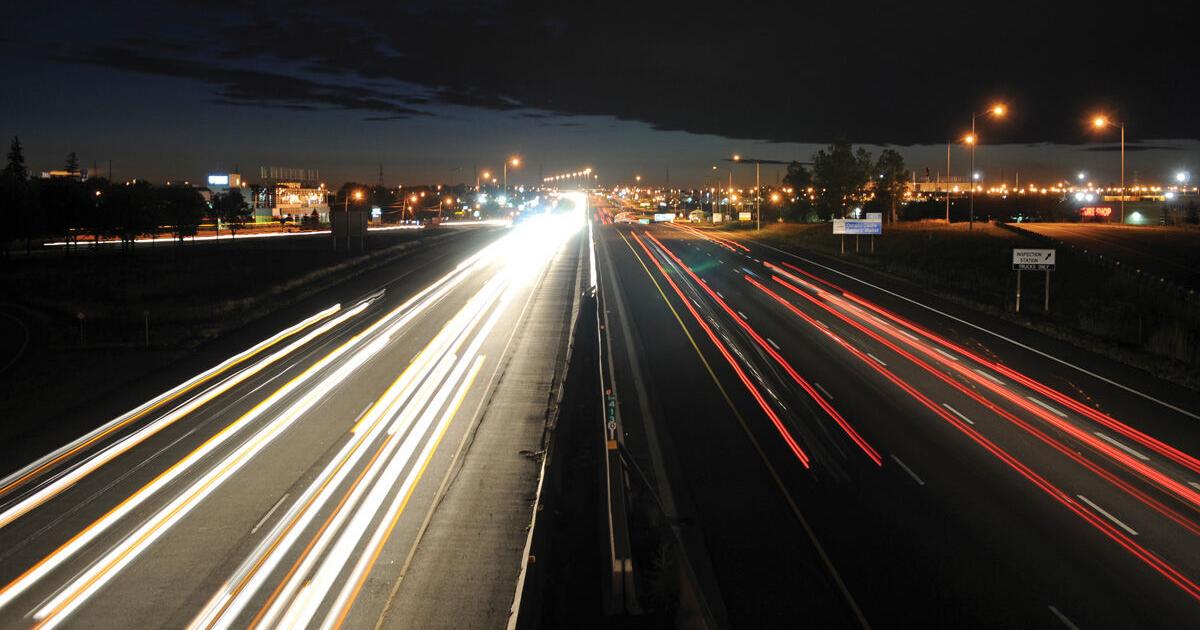darth_freeman
Active Member
The widening of 401 from Ajax easterly to extend the express/collector system has had the preliminary design work completed for many years now. Here are just a few articles from 2015 describing it, so this is nothing new.Fundamentally wrong.
And even comically absurd.
GO's Lakeshore East corridor runs almost entirely parallel to the 401 here, the answer to alleviating traffic in this corridor is self-evident, 15-minute (or better), all-day GO
Service, lower GO Fares, lower-regional fares for TTC-DRT connections, and more frequent DRT service.
When all of that is done, along w/the Bomanville extension of GO then, and only then, should we revisit the idea of widening the 401, and then, only with great reluctance.

Hwy. 401 widening in Ajax well down the road
AJAX -- One of these days, Hwy. 401 in Ajax will be widened to 12 lanes. Just don’t expect it any time soon.
Furthermore, Metrolinx/Infrastructure Ontario just awarded a massive contract last week to deliver 15 minute service on the Lakeshore east line: https://www.infrastructureontario.ca/Partner-Selected-RER-GO-Regional-Express-Rail-Corridor/
So, try to get it out of your heads like every improvement to a highway means something is taken away from rail. Both can be done at the same time. And both are needed.




